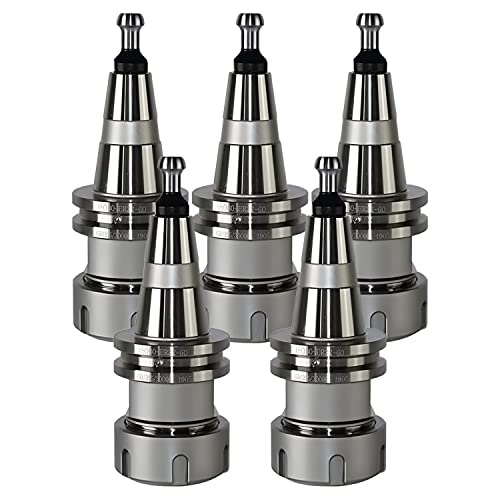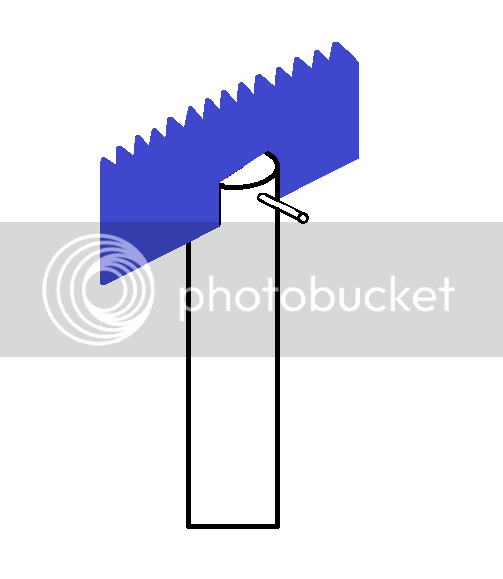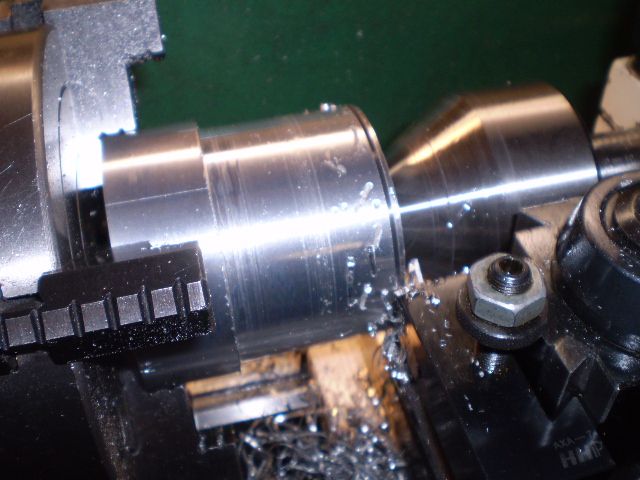benjames
Ben James
- Joined
- Dec 12, 2013
- Messages
- 35
- Reaction score
- 0
I was turning my first piece of metal, trying to part a piece of the end of a long bar when the metal just stopped turning. I am thinking that maybe I advanced the tool too far and it jammed.
The motor was still heard to be running and now when I try and start the lathe it turns for a second or two and then stops and just makes a clicking noise.
Can someone shed some light on what has happened? I tried turning by hand to see if everything went back into place but it seems that I get one hard to turn revolution for every two or three easy to turn revolutions.
I have posted a short video of the problem on youtube:
http://www.youtube.com/watch?v=GvFT6tPMsNI&feature=youtu.be
Any ideas?
Ben.
The motor was still heard to be running and now when I try and start the lathe it turns for a second or two and then stops and just makes a clicking noise.
Can someone shed some light on what has happened? I tried turning by hand to see if everything went back into place but it seems that I get one hard to turn revolution for every two or three easy to turn revolutions.
I have posted a short video of the problem on youtube:
http://www.youtube.com/watch?v=GvFT6tPMsNI&feature=youtu.be
Any ideas?
Ben.













![TurboCAD 2020 Designer [PC Download]](https://m.media-amazon.com/images/I/51UKfAHH1LL._SL500_.jpg)














































![DreamPlan Home Design and Landscaping Software Free for Windows [PC Download]](https://m.media-amazon.com/images/I/51kvZH2dVLL._SL500_.jpg)









